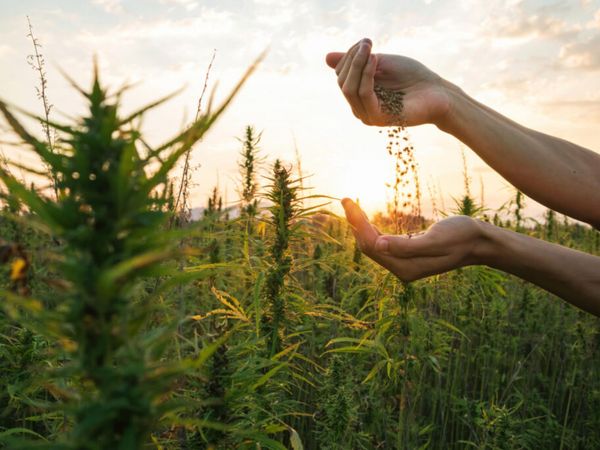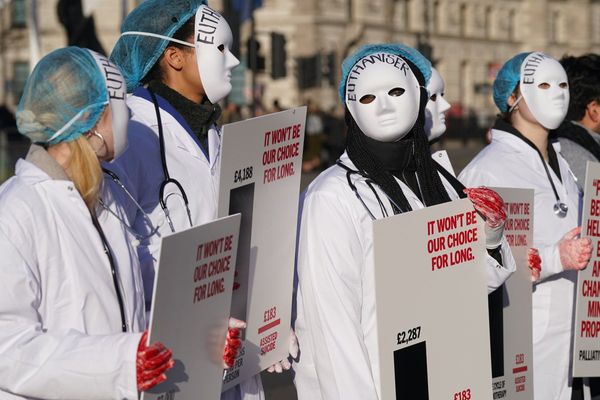
Australians looking to escape winter and fly to Europe for a summer holiday are facing fares almost 50% higher than the same period last year as airlines keep prices high despite the supply of available seats and fuel prices improving in recent months.
The average price for a return economy air fare from Australian cities to European destinations such as London, Paris and Milan for travel between the beginning of June and end of September has grown to $2,571, according to data compiled by booking site Kayak.com.au from searches made since early January up to last week.
The figures mark a 46% increase on average air fares for the European summer in 2022, and are 63% above comparable pre-pandemic fares.
Soaring air fares are more pronounced in certain months. Return economy tickets between Australia and Europe in June are averaging $2,841.
Across the June to September period, Frankfurt is the cheapest European city to fly to, with an average return fare of $2,371, while Lisbon is the most expensive with an average return ticket at $2,963, according to the Kayak booking data.
David Beirman, an adjunct fellow at the University of Technology Sydney specialising in tourism, said the considerable increase in fares since 2022 should not come as a surprise.
“Airlines for a long time were making next to no money on international flights, especially for economy passengers.”
Beirman said most carriers were still working to financially recover from the steep losses of Covid, even if some such as Qantas have been posting record profits of late. “Those two years of lost revenue is what consumers are paying for now.”
He added that airlines did not have much in terms of cash reserves and that “Covid was an extreme lesson” in what could happen when things go wrong.
“So they have been forced to be more realistic about their pricing now, as irritating as it is to the travelling public.”
“Sadly what has happened since Covid is that travel has gone from being something very democratic that just about anyone earning even a modest salary could afford to being a plaything of the elite or for people paying huge amounts of money just to see loved ones.”
While airlines have made significant ground in piecing back together a workforce that was decimated during the pandemic, attracting either experienced workers or people from outside the industry back to aviation has come at a high cost.
“They’ve had to recruit staff and pay them much more money than they used to get,” Beirman said, noting low levels of unemployment, as well as former aviation staff who moved into more secure professions after being laid off during the pandemic.
But Beirman said it was Australians’ persistent hunger to travel that was allowing airlines to keep their prices so high.
“Maybe by 2024 or 2025 people will be a bit more choosy, less eager to travel, and prices will come down but at the moment it’s very much a sellers market and airlines are, rightfully or wrongfully, taking advantage of that,” Beirman said.
Simon Elsegood, head of research at the Centre for Aviation, said while fuel prices “have come back down substantially” since their record peak last year, the discount was only about 20 cents a litre cheaper than for the same mid-year period 2022.
Despite this, Elsegood said that airlines “hedge their bets” with fuel and buy it well in advance to avoid suffering the worst of the market. As a result, falling fuel prices have done little to affect fares for coming months.
Elsegood also pointed out surging inflation, not just in Australia but also in Europe, which means airlines are having to spend more on a wide range of inputs for their service.
He also said while many airlines were nearing pre-pandemic operations, the reactivation of larger wide body plans – a term which denotes two aisles – was lagging for some carriers and limiting their capacities.
While Australians still have a healthy appetite for “revenge travel” aftger Covid and had saved up money as a result of not being able to travel internationally during the pandemic, Elsegood said business travel had not picked up.
He said that traditionally business seat travellers were worth between six to eight times more to airlines than each economy passenger.
“We’ve seen a portion of the leisure market move up to premium economy and other classes, but it’s not been enough to compensate airlines from lost business travel.”
“Air fares are a sore point because they are so much more expensive than 12 months ago but I don’t feel like people are getting a raw deal,” Elsegood said, adding: “It’s very difficult to price gouge between Europe and Australia because there are so many route options.”
He said Australia has always been expensive to fly in and out of, and that it was due to a combination of “the tyranny of distance and the fact we’re a very high income market”.
“It’s just the way the market has to be at the moment. Yes, they’re making money now but they also lost billions during the pandemic. They’re not a charity and they have to make sure their shareholders are also taken care of.”







